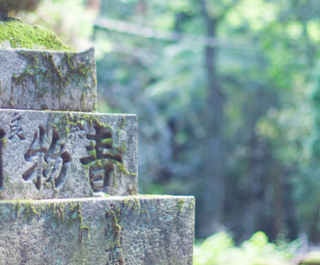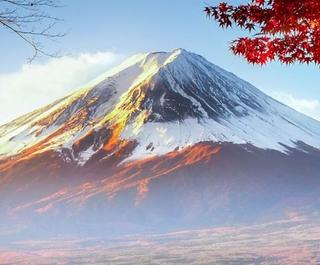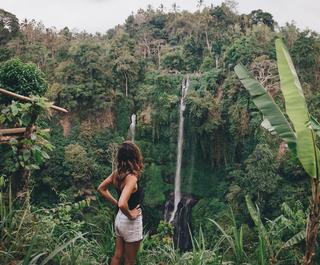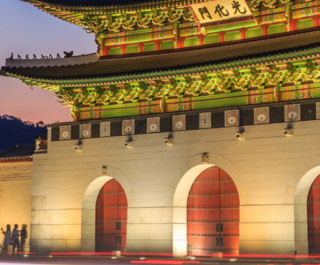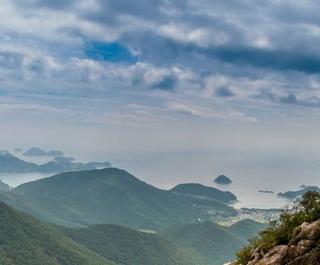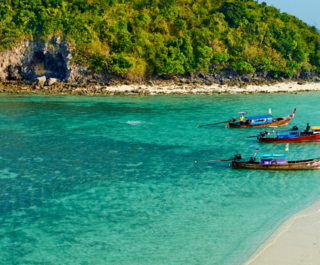
Right next door to Bali lies the beautiful island of Lombok, a relatively unspoiled tourist destination.
In the local Sasak language, Gili means small island, and Lombok’s coastline is sprinkled with a number of such treasures. If for you, ‘tropical island’ spells ‘ideal holiday’, you have a fine range to choose from, in styles ranging from Robinson Crusoe to only almost-deserted, from laid-back but with creature comforts to party-central, and various combinations in between.
The fact that you can snorkel over coral straight from the beach is one wonderful factor they all share.
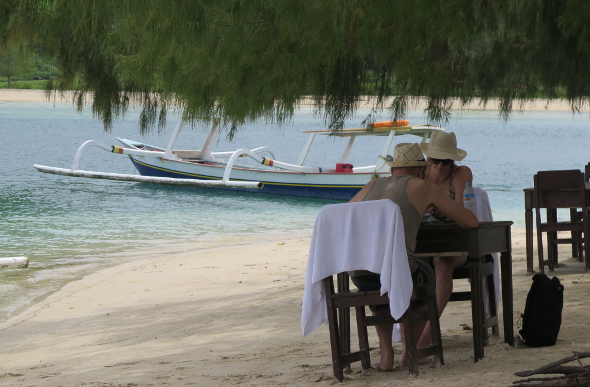 These lucky honeymooners were alone on Gili Sudak (Credit: K Lavelle)
These lucky honeymooners were alone on Gili Sudak (Credit: K Lavelle)
Usually, when people speak of the Gili Islands, they mean Lombok’s most popular tourism destination, the islets of Gili Trawangan, Gili Meno and Gili Air, a trio close to shore, north of Lombok’s tourist strip of Sengiggi on the north-western coast.
You can get to them from Bali by fast boat, helicopter, slow ferry (the cheapest by far) or a 30-minute plane ride (plus subsequent land and water transfers, for these last two options).
There aren’t any cars or motorbikes on these islands; you get around by foot, bicycle or horse-drawn carriage (cidomo).
Each gili offers a range of accommodation at reasonable rates, from fairly basic to 4-star hotels and private villas. You can explore all these three gilis via the ‘island hopper’ boat which weaves between them every day.
.........................................................................................................................................................
Magic Mushrooms Are Off The Menu
.........................................................................................................................................................
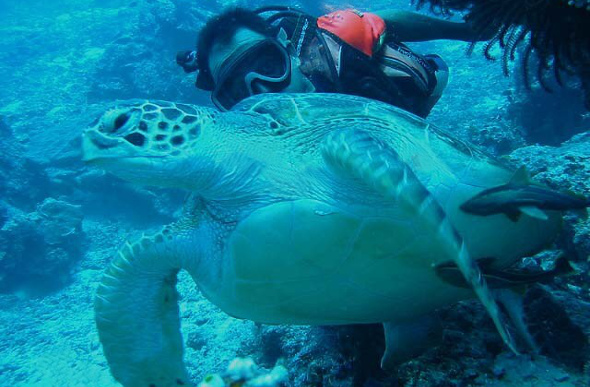 Diving with the turtles (Credit: Dale Saunders)
Diving with the turtles (Credit: Dale Saunders)
Gili Trawangan, also known as Gili T, or Gili Tralala, is the largest of the three (at around six square kilometres).
It was once a backpackers’ ‘secret’ destination. Now it’s the most developed and cosmopolitan, with around 150 places to stay, some very enticing indeed.
As the Tralala name indicates, this island has a reputation as a party scene. The vibrant nightlife comes complete with an Irish pub, plus many other bars and restaurants, beach parties, DJs, live music, outdoor movies, and offerings of ‘magic mushrooms’– though these may have vanished from chalkboard menus since the government outlawed them from January 2015.
July-August is the peak season, when Europeans flock here on their annual summer break.
While Gili Trawangan appeals mainly to the young and restless, there is scope to get away from the busy eastern side to stay in more chilled surroundings in the island’s south, north or west.
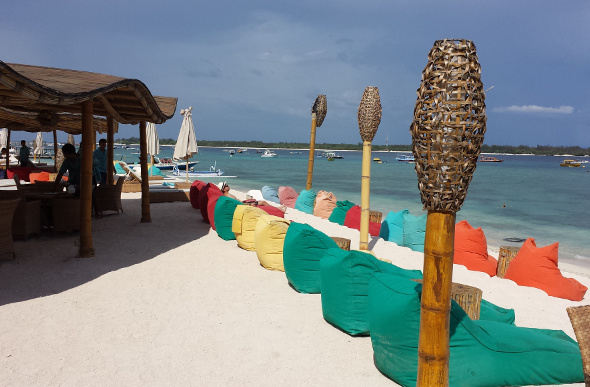 The splendour of Gili Trawangan (Credit: K Lavelle)
The splendour of Gili Trawangan (Credit: K Lavelle)
You can choose to get active with diving, paddle-boarding, sailing, snorkelling, kayaking; or by learning yoga, horse-riding, cooking or jewellery making. Alternatively, you can become completely inactive, on the beach, by a pool, or in a spa enjoying an inexpensive massage.
Fresh water is in short supply; water out of the tap is a mixture of saltwater and fresh. Jump in the sea at any time to cool off, or to explore the life aquatic.
The local reefs suffered bleaching from an El Niño warming in the late 1990s, but an eco-trust is regrowing coral on racks; the blue coral in particular seems to be doing okay, and you are almost certain to spot a turtle.
There are other adventures in Bali. Getting Adventurous In Bali
Find out more about the laid-back Gilis. Living The Gili Island Life, Sunshine Dreamer Style
.........................................................................................................................................................
A Reputation For Fine Food
.........................................................................................................................................................
The pace is slower and the surroundings quieter on Gili Meno, which suits some very well indeed. There are a few upmarket tiny resorts, mostly on the north-west (good for sunrises and sunsets).
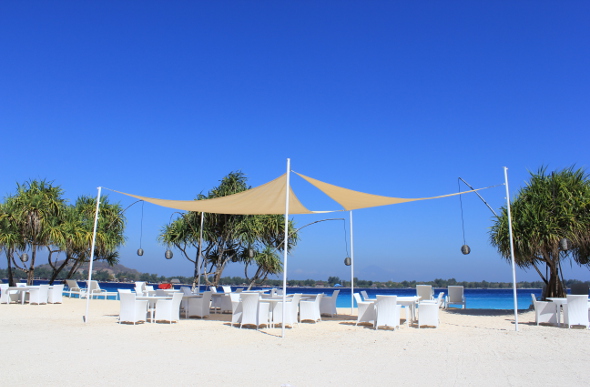 Outdoor setting at the Mahamaya (Credit: MAHAMAYA Boutique Resort)
Outdoor setting at the Mahamaya (Credit: MAHAMAYA Boutique Resort)
One, Mahamaya, grew from a restaurant into a hotel, but retains its reputation for fine food.
The less expensive accommodation is generally on the east, with views of Mt Ringjani, Lombok’s volcano.
As well as enjoying playing in the ocean or lying by a pool, you can walk to Meno’s saltwater lake where salt is mined, explore the range of eateries, or go for starlit walks at night. And on occasion, be entertained by the sound of music from Gili T’s full moon parties drifting across the water.
.........................................................................................................................................................
A Taste Of Traditional Culture
.........................................................................................................................................................
The beach on Gili Air runs all the way round the island – you can circle around it in about two and a half hours.
Not as developed as Trawangan, but more so than Meno, Gili Air was the only island inhabited all the year round by Sasak villagers before tourists started to come, so it can offer visitors a taste of traditional Sasak culture.
There is a balance here between quietness and partying; for some, that means it is ‘just right’.
A wide range of accommodation to choose from is fairly evenly scattered around the island. Occasionally, there’s a surf break on the south west.
.........................................................................................................................................................
Into The Unknown
.........................................................................................................................................................
But wait, there’s more!
South-west Lombok has some island destinations – some more gilis – that fall into the ‘still very quiet and peaceful’ category.
Just off the Sekotong Peninsula are 12 more gilis; and accommodation is available on three of them: Gili Sudak, Gili Nanggu, and Gili Gede.
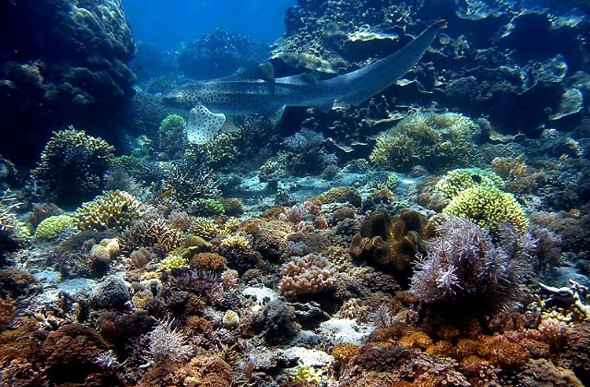 The reefs are pristine and plentiful (Credit: Dale Saunders)
The reefs are pristine and plentiful (Credit: Dale Saunders)
Outrigger vessels with a boatman can be hired from the main port of Lembar or from fishing villages south of it.
Alternatively, you can stay on the mainland at Cocotinos Sekotong, an attractive boutique resort with a dive shop which can organise your trips to the islands and the many diving and snorkelling sites nearby.
The peaceful island of Gili Sudak seemed to only have two tourists – a lucky honeymooning couple – when I visited. A casual fresh seafood restaurant has been supplemented by a couple of recently constructed rooms to stay in.
.........................................................................................................................................................
The Art Of Doing Nothing
.........................................................................................................................................................
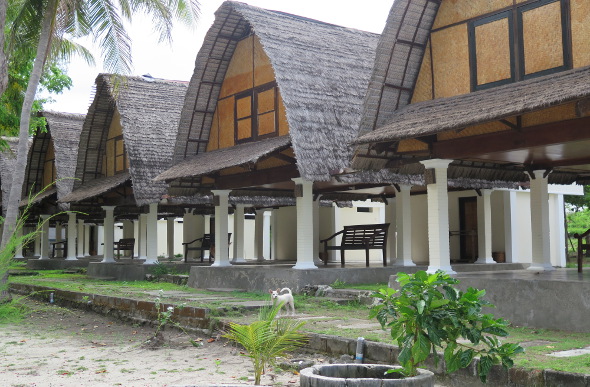 The Gili Nanggu cottages (Credit: K Lavelle)
The Gili Nanggu cottages (Credit: K Lavelle)
Nearby Gili Nanggu is slightly more developed. The low-key resort, Gili Nanggu Cottages and Bungalow, has attractive small cottages at around $50 a night plus a restaurant.
Freshwater is ingeniously piped in from the mainland.
A larger island, Gili Gede, is home to around eight Sasak villages (but still no motorised traffic).
It has a relatively new relaxation resort, Via Vacare, which offers free yoga and meditation sessions.
Founder Jet Kellner’s belief is ‘that to practise the art of doing nothing is very healthy and productive’. Amen to that.
But if your exploration urge is unquenched, there are even more islands worth discovering in the north-east, such as the tiny Gili Kondo and Gili Bidari, said to offer the best offshore snorkelling in Lombok; and Gili Lampu, which divers like for its superb coral reefs plunging down over 20 metres.


